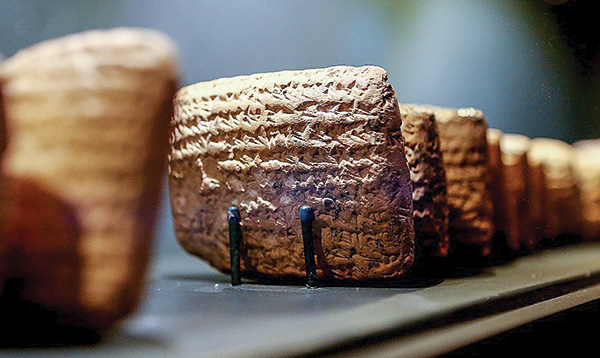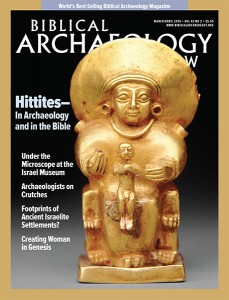
Tragic, yes. But, still, one of the defining events in Biblical history: the famous—or infamous—Babylonian Exile. The Bible records how the Kingdom of Judah rebelled against King Nebuchadnezzar II of Babylon (2 Kings 24). In response, Nebuchadnezzar burned the Temple, destroyed Jerusalem and hauled Judahite captives off to Babylon, where he settled them in Babylonian cities and villages around the River Chebar.
The Al-Yahudu Archive picks up the story where the Bible leaves off. Composed of about 200 tablets written in cuneiform, the archive records events from the daily lives of the exiled Judahites—from tax payments to rental agreements. From these documents, it becomes evident that the exiled Judahites were not slaves, but, rather, state dependents who retained their identity as a group. The latter is demonstrated by their names, which often contained the element Ya, Yahu or Yama (the Babylonian version of Yahu), meant to link them with their deity, Yahweh.
This archive is the focus of the exhibit By the Rivers of Babylon, which opened at the Bible Lands Museum Jerusalem in February 2015. Many of the tablets were written in Babylon at the city Al-Yahudu (the City of Judah), from which the archive derives its name.
Already a library member? Log in here.
Institution user? Log in with your IP address.

